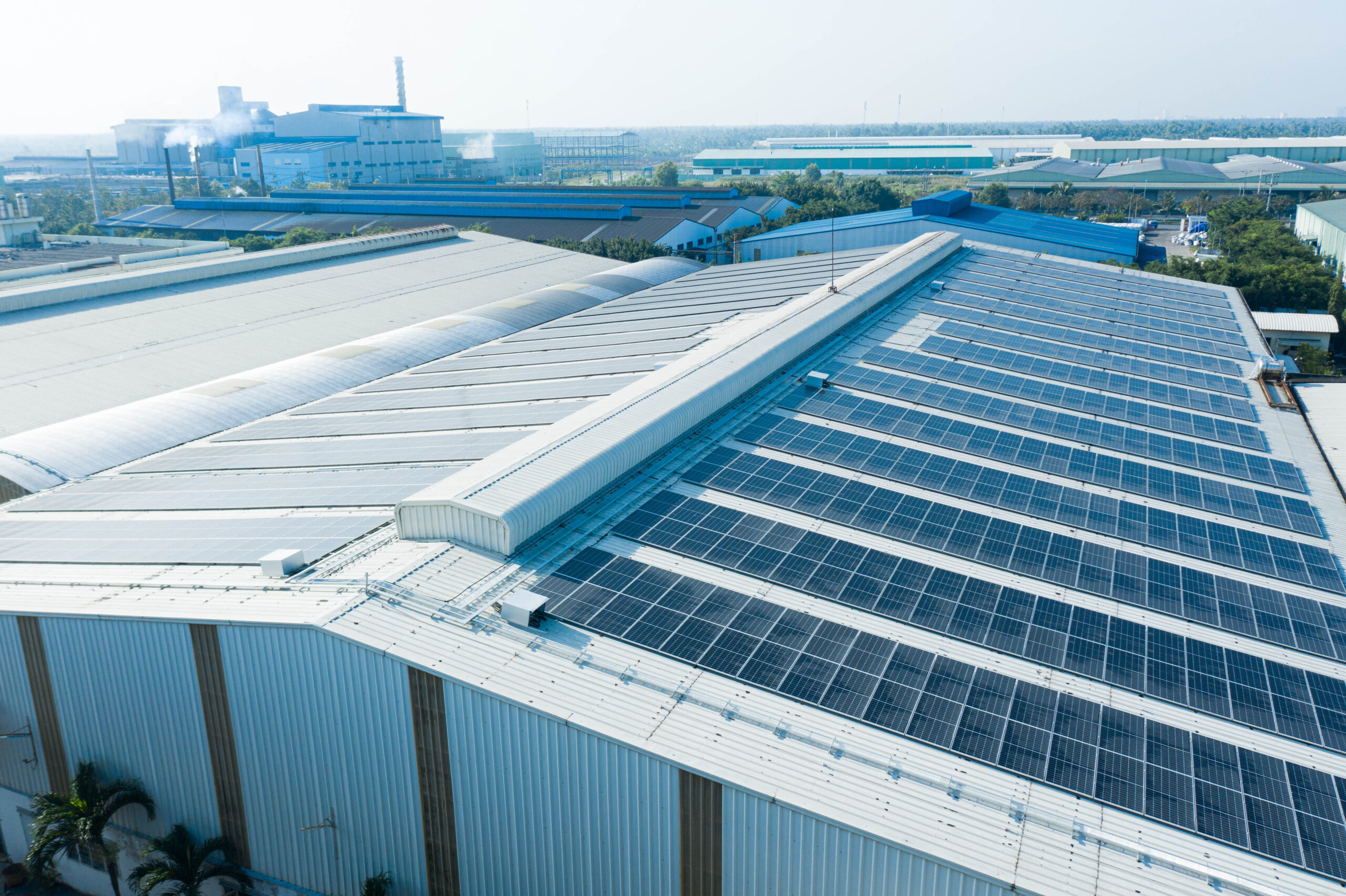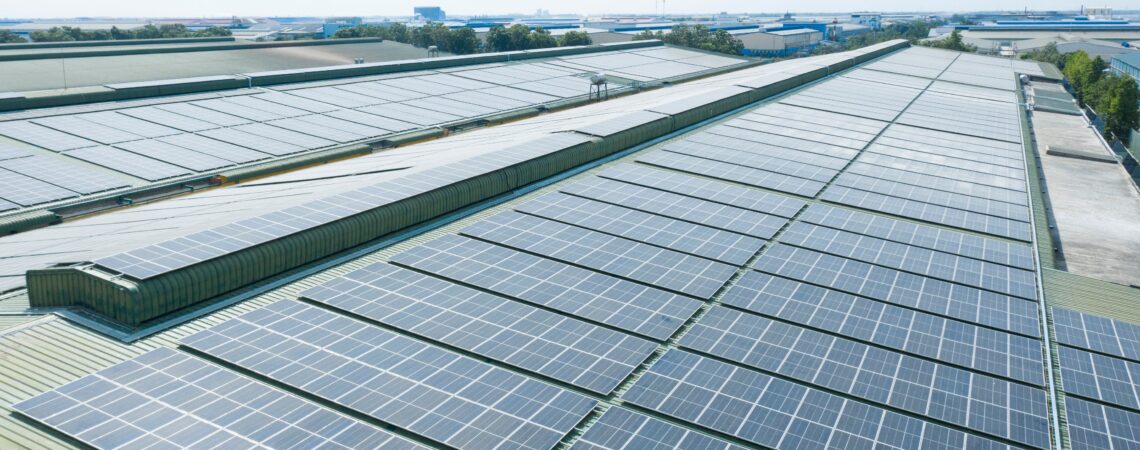This article is a part of Ms. Clothilde Deneve’s series of works for Sustainable Vietnam. Ms. Deneve currently works as Shire Oak International’s Sales Director.
One of the main questions that come to mind when people are getting introduced to solar energy (or any other kind of Renewable Energy) is usually – how sustainable is it really?

After all, solar energy has one big flaw: it is dependent on the sun.
This means that the power generation of a PV (photovoltaics is the conversion of light into electricity) system relies on weather and the varying seasons making it unbalanced and inconsistent throughout the day.
Sustainability Stamp
Sustainability is one of the main arguments of solar (it is also cheap but we will get to that in a later article). To ensure the validity of this sustainability stamp, it is worth questioning it before we pursue other sources of energy.
Solar panels are using a free and unlimited resource to generate power.
They transform sunlight into electricity and the energy generated by solar produces zero carbon emissions and does not have any environmental impact.
Nevertheless, it is not true to say to solar electricity is totally carbon-free, as the manufacturing process of the solar module is generating carbon emissions and may have an impact on the environment.
Mining Solar
Solar relies on the supply of aluminum, copper, and certain rare-earth elements to produce PV panels. While these metals are not particularly lacking or hard to find, they do require mining.
And mining usually comes with two issues:
- it is a polluting activity and
- it can have a negative impact on the environment.
The pollution of the mining sector is linked to the fact that mining requires a lot of machinery and therefore a lot of energy.
Mining activities are often powered by polluting sources of energy like diesel generators due to the remoteness of their sites.
A solution would be for traditional fossil fuels to be replaced by Renewable Energy sources, like wind or solar, in order to decrease massively their carbon emissions.
Mining Responsibly
Mining when not done responsibly can have a massive impact on the environment and biodiversity e.g. deforestation, erosion, contamination, and alteration of soil profiles.
Governments and stakeholders have to work together in order to create a global mapping of the mining areas, to identify the best place to do so, and to avoid mining in the protected or already endangered areas.
With the growing demand for Renewable Energy, the mining sector is paying more and more attention to sustainability and is slowly changing in order to lessen its environmental impact.
This is a pressing issue and the debate is crucial because solar and Renewable Energy are generally linked together with mining. Stakeholders will have a very important role to play in the future by imposing a code of conduct and enforcing regulations for the whole solar supply chain.
Solar Panel Manufacturing
Manufacturing solar panels require energy and that needs to be compared with the amount of electricity these same panels are going to generate throughout their lifespan.
The general agreement is that solar panels can be used for at least 30 years. They usually have a manufacturer warranty of 25 years, but if used properly, their life is much longer than that.
Solar panels generate 30 times more electricity during their lifespan than what is needed to manufacture them: which basically means that they will pay back the amount of energy and the amount of CO2 emitted during production, within the first year of usage.
Two Evils?

In Vietnam, about 50% of the electricity is coming from coal.
To compare both sources of power, US-based The National Renewable Energy Laboratory (NREL) estimated that solar power produces lifetime emissions of 40g CO2 equivalent per kilowatt-hour (production and delivery of the materials) against 1,000g CO2 equivalent per kilowatt-hour for a coal power plant.
With the fast-growing demand for solar energy all around the world, the sustainability of the manufacturing process needs to be addressed and improvements can definitely be made.
But it is important to keep in mind that, with solar 25 times fewer carbon emissions than with coal, we are not picking the lesser of two evils.
It is a clear choice.


